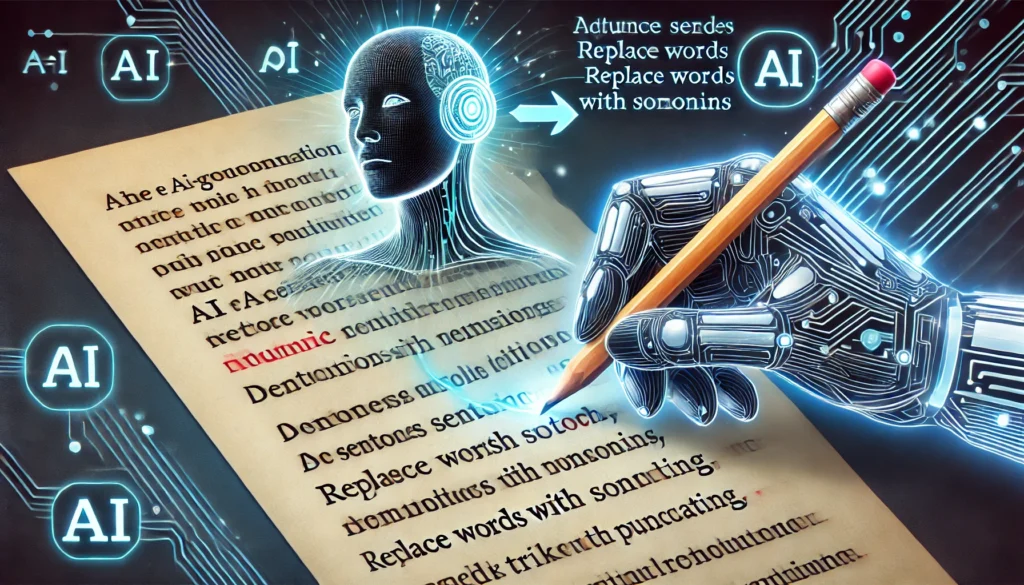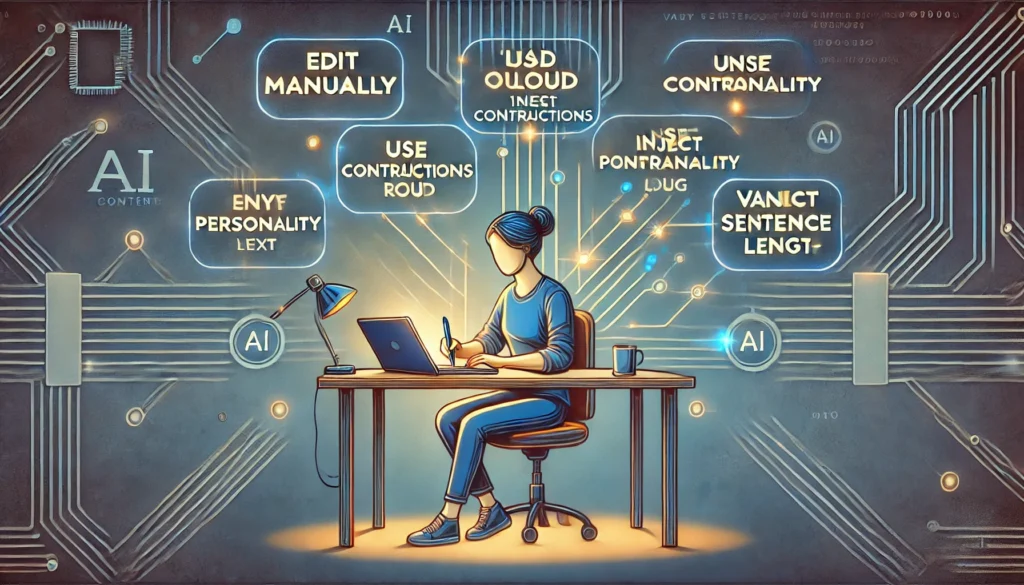Artificial intelligence is the primary producer of the text which has gained massive popularity now. Authors, marketers, and educators who use or adopt “humanizers,” the tools or devices to bring more natural voice to the AI written text look for that. But do humanizers work as intended, or are they just another digital trick? Some argue that these tools successfully outsmart AI detection systems, while others believe that AI algorithms are not yet advanced enough to fully grasp human-like semantics and writing nuances. This piece endeavors to explain how humanizers not only work but to assess their performance and authenticity in creating indistinguishable human-like AI writing. Now we can start!
What Are Humanizers?
Humanizers are tools or techniques who provide a service to AI-generated content making them more human-like. On the other hand, more and more people become aware of the AI detection systems of text produced by AI writing tools like ChatGPT and Jasper which give causes for concern. Humanizers help users change the content, which was mostly written by AI, to give it a softer or less robotic tone so that it sounds more natural and interesting.
Why Are Humanizers Used?
Humanizers are rather common for these reasons:
- Humanized content leads the way: Various organizations such as schools, publishers, and search engines are among the many that use AI to detect machine-generated text. Humanizers allow users to conduct the operation anonymously thereby injected with integrations.
- Humanizing assizes readability: AI-writing might often appear to be formal or lackluster. Humanizers restructure sentences and vocabulary to guarantee a better expression of ideas.
- Making content more engaging: Articles, essays, and marketing copy become more compelling when a tone that is more similar to that of a human being is used.
Types of Humanizers
There are various methods of AI-humanization, for example:
- AI-Based Humanizers – These AI-based tools automatically rephrase, synonyms, and restructure sentences of a text using algorithmically or machine learning techniques, which in most cases is the same as those used by a scanner. Outside the text, robots are one of the methods applied for paraphrasing tools such as QuillBot and Spinbot.
- Manual Humanization – This process is carried out by a human editor who scrutinizes the AI-generated text to look for opportunities to insert natural phrasings, contractions, and conversational lines.
- Hybrid Approach – Content creators are known for blending AI-generated and AI-humanizer drafts together with manual editing to ensure their texts are not only of high quality but also are undetectable by the AI.
Even though humanizers can be of help, the utility is of the essence in how well they modify the text and to maintain its purpose and logic. In the next section, we shall examine how humanizers are prepared for the AI to be fooled and if indeed, they really get away with it.
How Do Humanizers Work?
The following are the many ways through which humanizers alter AI-generated text:
- Rewording sentences: They adjust content to the point of making it less robotic or mechanical.
- Replacing words with synonyms: Doing this increases the chances of not triggering AI detection.
- Adjusting punctuation and phrasing: As a means to imitate smooth, natural writing.
- Adding minor grammatical errors: Some tools fake typing errors within the text of humans to get AI detectors to look past them and see them as originally created by humans.

Are Humanizers Effective Against AI Detection?
A very common question is “Do humanizers really work in confusing AI detectors?” The answer is, “sometimes but not always.” AI detection tools have advanced in recent years to the degree that they can spot patterns that are peculiar to machine-generated content. Although certain humanizers could briefly escape detection, they are not immune.
Pros and Cons of Using Humanizers
Pros
✅ Enhances readability – Some humanizers help to maintain a natural sentence flow.
✅ Saves time – They quickly alter AI-generated text.
✅ Useful for minor edits – They contribute to the improvement of the AI content.
Cons
❌ Not always undetectable – Though AI detectors are still liable to flag humanized content, indeed.
❌ Can alter meaning – The meaning of words can be twisted if too much rewording is done.
❌ Ethical concerns – Some platforms do not allow agitating AI as human writing.
Also Read: AI Tools for Formal Methods: Revolutionizing Software Development and Verification
Best Ways to Make AI Content More Human-Like
Instead of completely leaning on humanizers, apply these strategies for better writing:
- Edit manually – Insert neurotic self-talk and a more informally style.
- Read aloud – Check the text to make sure that it has a good flow.
- Use contractions – Words like “you’re” instead of “you are” make a sound to the writing that is less robotic.
- Inject personality – Humor, anecdotes, and rhetorical questions make it more interesting and help to involve the readers.
- Vary sentence length – Mixing both short and long sentences helps the text be more readable.

Final Thoughts
So, do humanizers work? The answer is a limited yes. Although humanizers can make AI-generated text sound more natural and often pass through detection tools, still, they are not always successful. More and more, advanced AI detectors are being developed, which in turn makes it difficult to hide the computer-generated content entirely.
A combination of AI effectiveness and human creativity, rather than relying only on humanizers, is more preferable. Editing AI-written content manually—adding unique insights, personal touches, and a natural writing flow—ensures authenticity and engagement. To sum up, there is no alternative to genuine human input when creating high-quality content.
FAQs
Q. Do humanizers work for bypassing AI detection?
Sometimes, but AI detection tools are constantly improving. However, most human-like texts are detected.
Q. Is using a humanizer ethical?
It depends. They can be used to make content better, vulnerable to detection notwithstanding, the act of presenting the output as a naturally generated is a sheer breach of platform rules.
Q. What’s the best way to humanize AI text?
One of the oldest and proven ways is a manual correction. Insertion of natural intonations, good human language, and one’s own point of view does the “human content” job better than anything else.
Q. Are humanizers worth using?
They can help you with minor edits, that’s true, but they are not enough to guarantee that your text will pass the AI test. Quality will always come from humans though.
Also Read: Self-Serve Advertising Platforms: The Future of Digital Marketing


